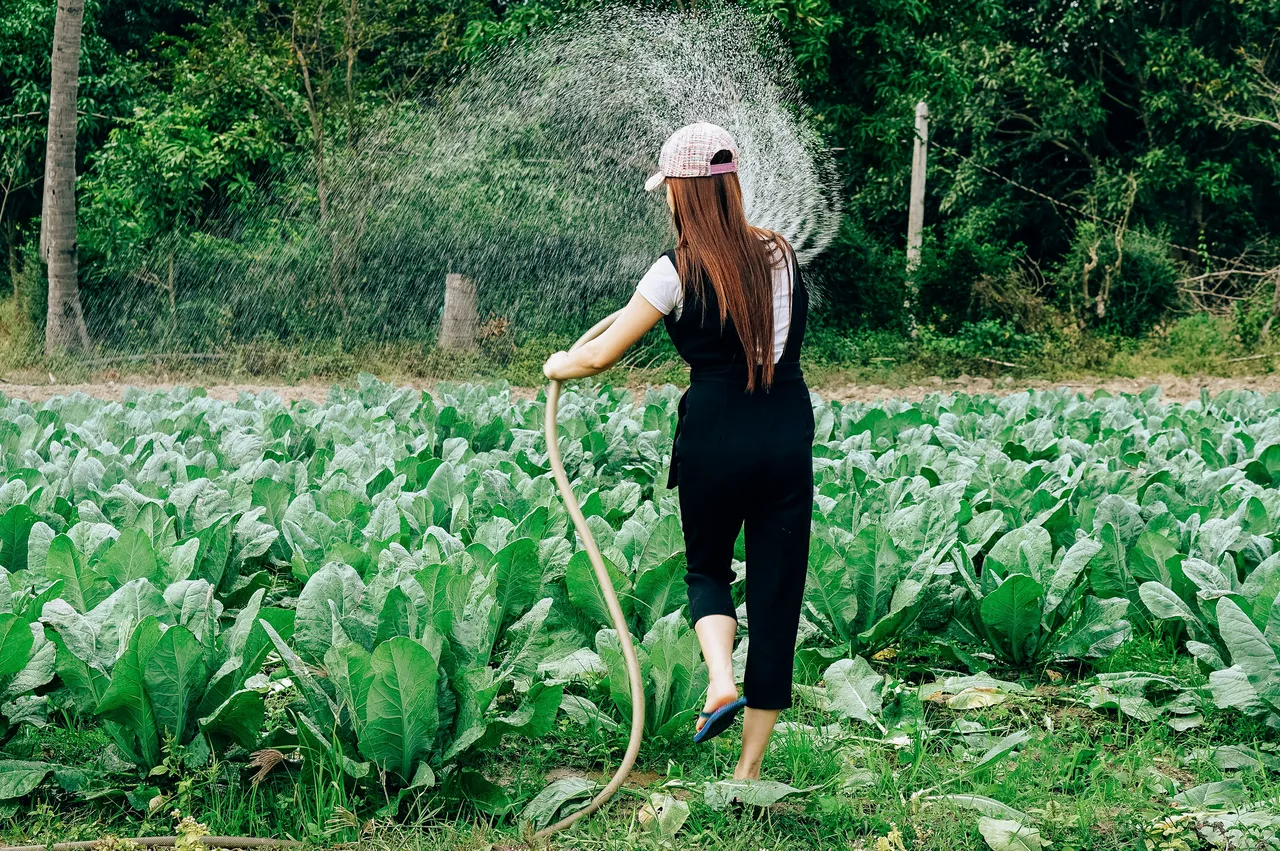
Image info
The Importance of Native Plants: How They Support Local Ecosystems
Imagine walking through a vibrant garden filled with colorful flowers, buzzing bees, and fluttering butterflies. This picturesque scene is not just visually appealing. It represents a thriving ecosystem supported by native plants. Native plants are essential for maintaining local ecosystems. They provide food and habitat for wildlife while promoting biodiversity. This article will highlight the benefits of native plants and guide you on how to effectively incorporate them into your gardens. By doing so, you can help support local biodiversity.
What Are Native Plants?
Native plants are species that have evolved in a specific region. They are well-adapted to the local climate, soil, and environmental conditions. Unlike non-native plants, which may require more resources to thrive, native plants are naturally suited to their surroundings. They have co-evolved with local wildlife, creating intricate relationships that support the ecosystem.
In contrast, non-native and invasive species can disrupt local ecosystems. They often outcompete native plants for resources, leading to a decline in biodiversity. Understanding the differences between these plant types is important for making informed gardening choices.
Benefits of Native Plants for Local Ecosystems
Adaptability to Local Conditions
One of the primary advantages of native plants is their adaptability. They thrive in local soil and climate conditions. This means they require less water and maintenance than non-native species. For example, the Eastern Red Cedar (Juniperus virginiana) can thrive in various soil types and requires minimal irrigation once established. This adaptability conserves water resources and reduces the financial costs associated with gardening.
Support for Wildlife and Biodiversity
Native plants play a vital role in supporting local wildlife. They provide essential food and habitat for various species, including birds, insects, and mammals. For instance, native flowering plants like Milkweed (Asclepias spp.) offer nectar and pollen for pollinators such as bees and butterflies. These pollinators are critical for the pollination of many crops and wild plants. Studies have shown that landscapes featuring native plants support a greater diversity of insects and birds than those dominated by non-native species. For more information, you can refer to the National Wildlife Federation for insights on how native plants benefit wildlife.
Contribution to Soil Health and Erosion Prevention
In addition to supporting wildlife, native plants contribute to soil health. Their deep root systems help prevent erosion, improve soil structure, and enhance nutrient cycling. For example, the Prairie Dropseed (Sporobolus heterolepis) has a deep root system that stabilizes soil and retains moisture. This plays a critical role in maintaining clean waterways and promoting overall ecosystem health.
Native Plants and Biodiversity
Role in the Food Web
Native plants are integral to the food web. They provide habitats and food for a variety of wildlife. Many insect species depend on native plants for sustenance. These insects, in turn, serve as food for larger animals. For example, the Oak Tree (Quercus spp.) supports over 500 species of caterpillars, which are a primary food source for many bird species. This interdependence fosters a thriving ecosystem where various species coexist.
Importance of Diverse Native Plant Species
Diversity among native plant species is vital for maintaining ecological balance. A variety of native plants can sustain different life stages of various species. This makes them pivotal in sustaining local ecosystems. By incorporating a range of native plants into your garden, such as Coneflowers (Echinacea spp.) and Black-eyed Susans (Rudbeckia hirta), you can enhance biodiversity and support local wildlife populations.
Incorporating Native Plants into Landscaping
Design Strategies
When incorporating native plants into your landscaping, consider using diverse species that are suited to local conditions. Group plants with similar sunlight and water needs together. Create focal points to enhance visual appeal. Utilizing borders and paths can also help define planting areas and improve the overall design.
Maintenance Tips
Once established, native plants require minimal maintenance. They typically need less watering and no chemical fertilizers. This makes them easier to care for in gardens and landscapes. It's essential to water new plantings during their establishment phase and to monitor them during periods of extreme drought.
Environmental Impact of Native Plants
Resilience Against Climate Change
Native plants are more resilient to local pests and diseases. This reduces the need for chemical interventions. Their adaptability to environmental stressors, such as drought and heavy rains, makes them valuable in the context of climate change. By choosing native plants for your garden, you can contribute to a more sustainable and resilient environment.
Role in Ecological Restoration
Native plants are often used in ecological restoration projects due to their ability to restore degraded landscapes. They help improve soil health, prevent erosion, and enhance biodiversity. This makes them a cornerstone of sustainable environmental practices.
Resources for Finding Native Plants
Several resources are available to help you find native plants suited to your region. The National Wildlife Federation's Native Plant Finder allows users to purchase native plants online and find information relevant to their location. The Lady Bird Johnson Wildflower Center provides a comprehensive Native Plant Database to search for native plants by zip code, state, or region.
Additionally, the Xerces Society's Pollinator Conservation Resource Center offers lists and guides for planting native, pollinator-friendly plants. The USDA Plants Database provides standardized information about various plant species.
Conclusion
Incorporating native plants into your garden is not just a choice for aesthetics. It is a commitment to supporting local ecosystems and promoting biodiversity. By choosing native species, you can create a thriving environment that benefits both wildlife and your community. Embrace the beauty and resilience of native plants. Take action today by starting your native plant garden and contributing to a healthier planet.
This article was developed using available sources and analyses through an automated process. We strive to provide accurate information, but it might contain mistakes. If you have any feedback, we'll gladly take it into account! Learn more

